How to Sell a Lot of Books on AmazonWant to boost sales of your books on Amazon? Tap into the power of Amazon's algorithms for free marketing. And increase your reach even more with Amazon ads. Optimize your book listing for Amazon's algorithm and readersSince Amazon collects a percentage of your book's sales, the company has an incentive to sell as many copies as it can. Its sophisticated search and recommendation features can get your book in front of a lot of people for free if you provide Amazon with algorithm-friendly contextual information. That being said, ultimately, a person (not an algorithm) will be checking out your book's page and making a decision to buy it or not. So, you need to make the page reader-friendly too. Check out my video on how to properly add your book to Amazon's self-publishing platform, known as KDP (Kindle Direct Publishing): Getting your book to show up in Amazon search resultsWhen Amazon users are ready to buy a product, they often enter what they're looking for into the search bar... Amazon search results are the product listings that come up... Even if a reader has never heard of you or your book, your listing can appear in the results if it's properly optimized for genre-based searches. This form of discovery marketing can be extremely effective. Getting Amazon to recommend your book, for freeAmazon collects a lot of data on its users. Since Amazon knows everything a customer has purchased on the platform, it has a deep understanding of the products they like. Amazon wants to sell as many items as possible. A main part of its strategy is recommending products to customers that are related to products those users have already bought. For instance, if you wrote a World War II action novel, and your book listing is properly optimized, Amazon can theoretically recommend your book to its large segment of users who've already purchased another Word War II action novel. Product recommendations are given via two main avenues:
Select effective Amazon categories for your bookCategorical choices are critical for optimizing your book listings. They let the Amazon algorithm know the genre and sub-genres your book falls into. You initially choose them when you publish your book, however, you can edit them at any time. This information helps Amazon determine if your title should show up in a search result or not. It also enables Amazon to recommend your book to customers who regularly read books in your genre and sub-genres. On the left, notice the various categories of books available on Amazon... Expand out these categories to view their sub-categories, and even sub-sub-categories... When you add your book to Amazon KDP, you're allowed to select up to three categorical values for it. Some tips for picking them:
For help navigating how popular and competitive Amazon's categorical groups are, I recommend the digital tool Publisher Rocket. If you effectively classify your book on Amazon, you can sell many more copies and quickly make back the cost of Publisher Rocket (plus a lot more). If you'd rather not choose your own categories, the professional book marketers at my company, Galdi Media, can pick KDP categories for you. Write a great book description on AmazonA description is the body of text that appears under your book's title on its product page... While writing your book description, avoid thinking about algorithms. The main purpose of your description is to hook a target reader with your story and express some credibility in yourself as a writer (ex, "bestselling author" or "winner" of an award). Though the Amazon search algorithm will assess the words in your description, don't try to jam in certain phrases you think people are searching for. If you do, your description can come off as robotic. If you select 10 good categorical groups for your book, and write a natural, accurate description about your premise, Amazon's algorithm will have a very good idea about the kind of book you've written and won't need to rely on exact-match keywords on your product page to show it to relevant searchers. Your description may be the most important piece of information readers use while determining if they're going to buy your book or not. Write it for them. And make sure it's good. Creating effective advertising copy is a different skill than writing a book. Just because you're an author, you don't have to rely on yourself for your description. Experts are out there who'll do this for you for a fair price. The experts at Galdi Media can create your book description. Add A+ content to your Amazon book pageA+ content is marketing images you can feature on your product page on Amazon, beneath the description. Your book cover is not considered A+ content, though your cover can appear in these images. A+ content basically serves as a visual extension of your text description - you want to hook your target reader and express credibility. An example: You can add A+ content via the Amazon KDP portal. Unless you happen to have graphic-design skills, I'd suggest you hire a professional to create these marketing images for you. Galdi Media offers an A-Plus content service. Get more reviews on AmazonIf you want to sell more books on Amazon, feedback from readers can play a significant role - they have the option to rate your book from one to five stars, plus provide a text-based review...
Ratings and reviews are important, and the more the better. So how do you get them? As people buy your book, ratings and reviews will naturally flow in. However, how do you convince an initial group of people to buy your book without any ratings or reviews? If you've written other books, or have an audience from another source (ex, social media), your existing audience shouldn't have a big issue buying your book without ratings or reviews. However, if you don't have an audience, you have a bit of a challenge. A way around this is the "read and review." Essentially, you give someone a free copy of your book in exchange for them rating and reviewing the book on Amazon when they're done. Read and reviews are often conducted before a book is released (though don't have to be). Plenty of people out there are open to this exchange. The book social network Goodreads is an effective place to find them. Also, various reviewers have book blogs that you can find on Google. Simply search for "your genre read and review" and you should see some options. Recent book orders influence recommendations and bestseller listsIf a certain Amazon customer likes reading mystery novels, when the platform sends out a recommendations email to that person, only a handful of mystery books may be in it. How does Amazon choose? Though many complex factors are at play, a major one is volume of recent book orders. Essentially, if your book has generated a lot of orders over the last few days, Amazon will view it favorably for product recommendations. Book orders of course also influence bestseller rankings. Amazon maintains a constantly updated, top-100 bestseller list for every categorical value (with a different list for Kindle and physical formats, and paid and free price points). Example of a Kindle bestseller list: If your book can reach the top 100 for any classification, it'll appear on one of these charts. Readers often browse bestseller lists in genres they like. If you can get your book on a list, you can tap into a major discovery opportunity. Total order volume is important. However, like recommendations, the recency of those orders is important too. For instance, let's say you were viewing a bestseller list on a Tuesday. If a book received 100 orders that day, Amazon's bestseller-calculation function would weigh those orders more than 100 received Monday, the day before. Orders received Sunday would be weighed less than those on Monday, etc. A week or so back, orders don't seem to count for much in terms of the at-the-moment rankings. Ideally, you'd want to spread your sales over the days of the week, with a gradual build on each. Though a one-day spike of sales is good in theory, in terms of hitting a bestseller list or leveraging the recommendation algorithm, Amazon prefers a distribution of orders over a period of about five days. For instance, instead of having zero sales for days, then getting 500 sales on Tuesday, you're better off with a distribution like this:
Amazon bestseller lists don't favor high pricesYou may think that while determining a bestseller list, Amazon would weigh sales of a $9.99 book more than that of a $0.99 book. However, that's not true. As long as your book isn't free, its price doesn't play a factor in rankings (free books have their own bestseller charts). However, this is not necessarily true for how Amazon makes product recommendations. Sales at higher prices may be preferable with this algorithm. Another tip for increasing your odds of reaching a bestseller list is to make your book available on Amazon's Kindle Unlimited subscription service for readers. To do that, you need to enroll it in an Amazon program known as KDP Select... What is Amazon KDP Select and Kindle Unlimited?KDP Select is an exclusivity program Amazon offers for e-books. If you enroll your book in the program, you can't sell the e-book version on any platform besides Amazon. In exchange for giving Amazon exclusive rights, you can offer your book in Kindle Unlimited, plus gain other promotional opportunities. KDP Select enrollments last for 90 days. If you try KDP Select and happen to not like it, you can easily switch your book out after just 90 days. If you happen to like the program, your enrollment will automatically renew if you make no updates. Kindle Unlimited is a subscription service Amazon offers, where readers can pay a low monthly fee and read an unlimited amount of KDP Select titles for no additional cost. Each month, Amazon gives a chunk of this subscription revenue back to the authors enrolled in KDP Select. The revenue is distributed by how many Kindle pages of an author's books were read. For instance, an author with books that generated 50,000 Kindle Unlimited page reads in the last month will receive a bigger payout than an author with only 500 page reads. The payout per page is about $.004. So, if someone reads a 300-page book of yours via Kindle Unlimited, Amazon owes you around $1.20. True, this is considerably less than what you'd receive at even a low price point of $2.99, outside of Kindle Unlimited. However, what Kindle Unlimited lacks in revenue per book it can far make up for in total orders. Kindle Unlimited subscribers pay a flat monthly fee for access to titles. If they're interested in reading yours, they don't have to put up any additional money - they just need to click a button. This is a simple, low-risk decision. If you're a new author without a reader base, Kindle Unlimited becomes even more attractive. Readers tend to be more hesitant to buy a book from an author they've never heard of. However, that hesitancy would decrease if the reader isn't required to spend any money in the moment. Another major benefit of Kindle Unlimited for authors is that these orders count as sales in the calculation of Amazon's paid bestseller lists. So, convincing 100 Kindle Unlimited readers to order your book - which costs them $0.00 incrementally - is valued in bestseller determinations just as much as another author selling 100 copies at $14.99, which is much harder to do, in general. Price promotion benefits of KDP SelectIn addition to inclusion in Kindle Unlimited, KDP Select books qualify for two types of beneficial price promotions:
Drive up book sales on Amazon with adsAs you can see, if you can generate a lot of book sales on Amazon - especially recent ones - those orders can lead to many more by increasing your exposure via bestseller charts and recommendations. If you're a new author without a marketing asset like a large email list or social-media following, the most straightforward way to boost sales over a short period is with paid ads. Yes, they cost money. However, like any form of advertising, money spent can lead to money made. If you're savvy about how you advertise, you can make back what you spend on the ads, plus turn a profit. However, make sure you manage your expectations. If an author has just one book out and doesn't plan on writing any more, turning a profit with ads would be much more difficult than for an author who has (or plans to have) many books out - the more books you have, the more opportunities you have to make sales. Books in a series also tend to drive more orders than a collection of standalone books by an author. If a reader likes the first book in a series, the likelihood of them purchasing the second is strong. If they like the second, the chances of them buying the third are high, etc. Thus, if you already have out a series of books (or plan to), investing in ads can be very profitable. That being said, putting out various standalone books, or even just a single title, and running paid ads can also lead to a profit, however, usually not as easily. Amazon ads tutorialYou might also like my posts on TikTok for authors, creating an author newsletter, launching a writer website, and marketing strategies for writers. This post contains affiliate links.
0 Comments
Leave a Reply. |
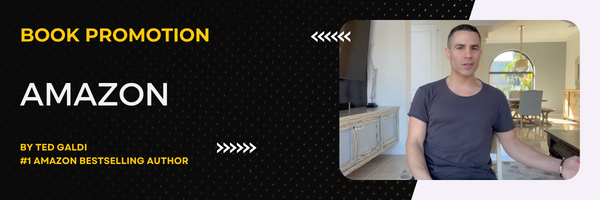
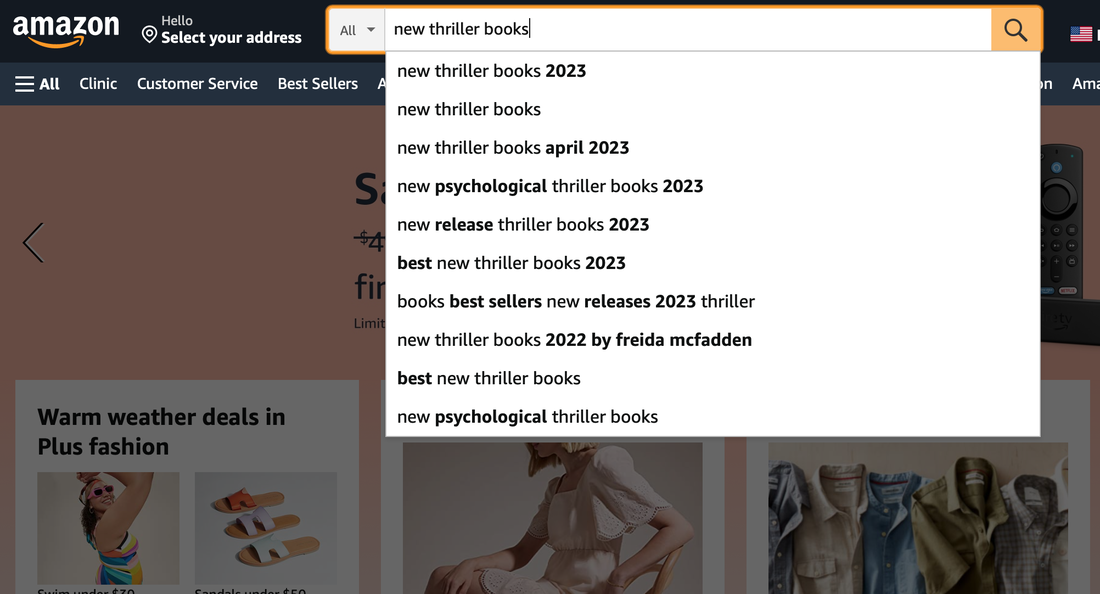
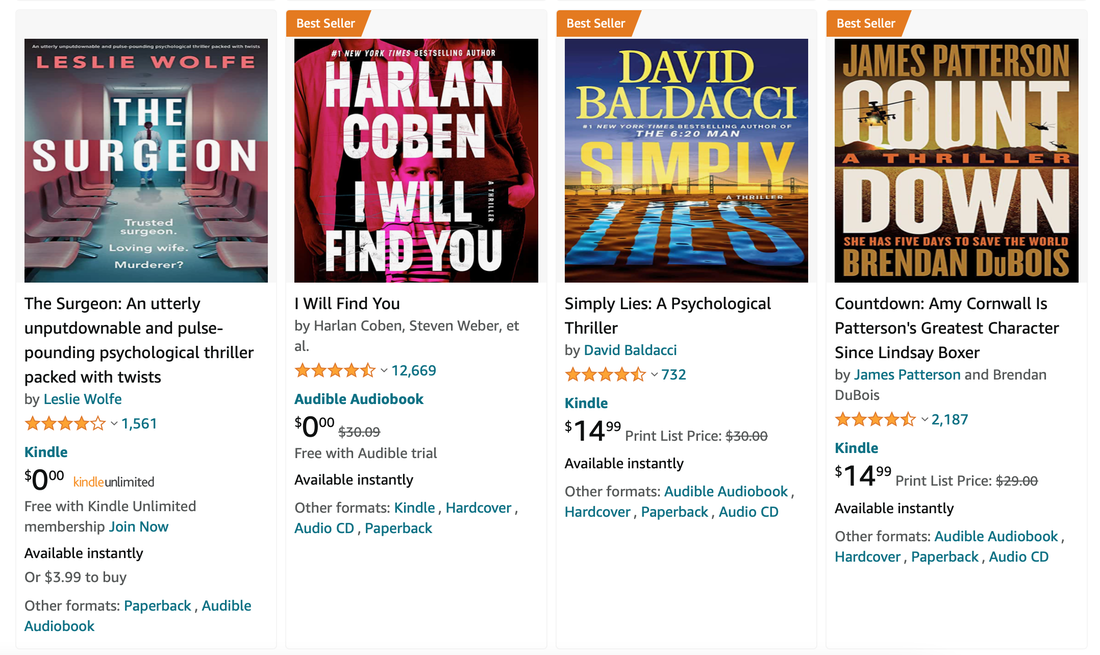
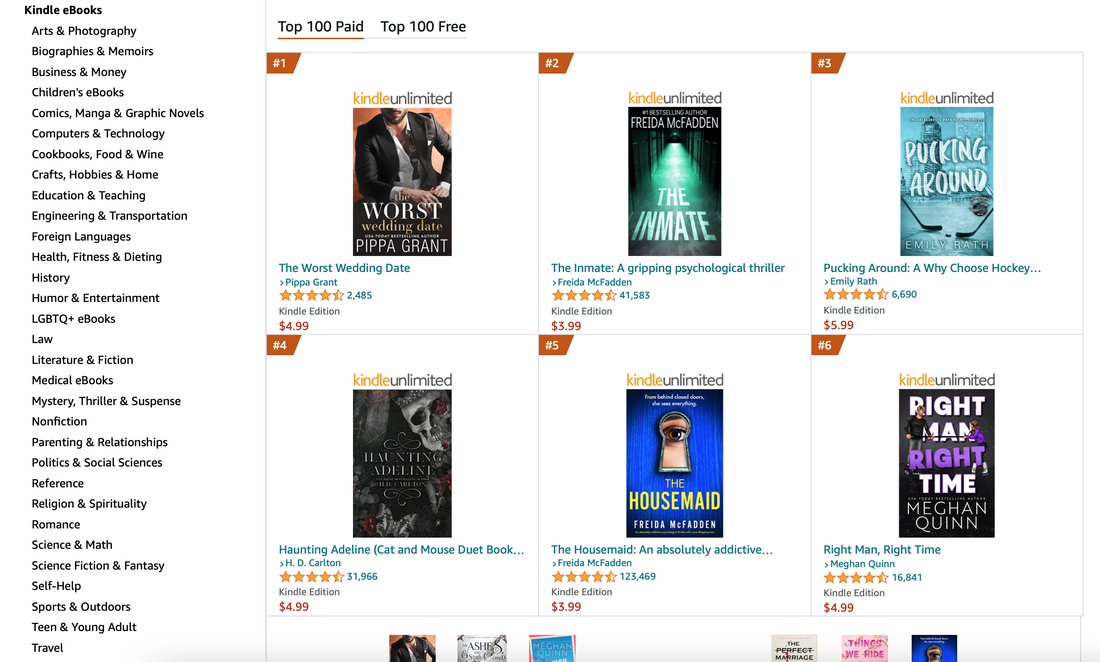
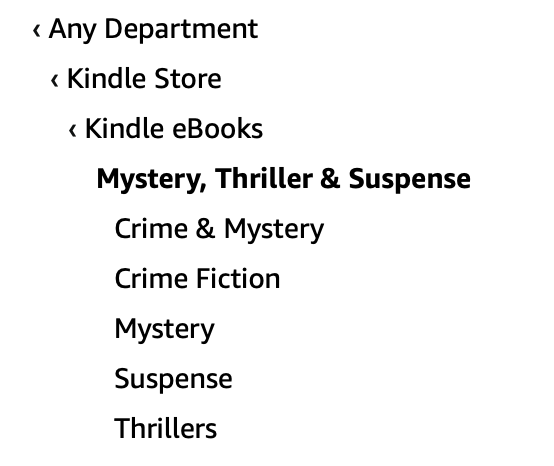
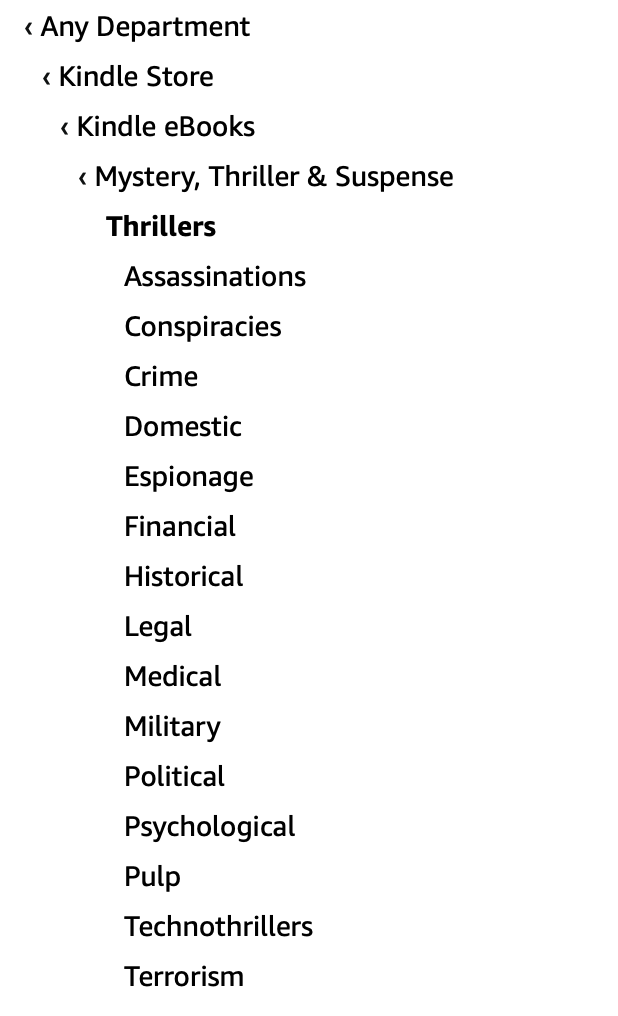
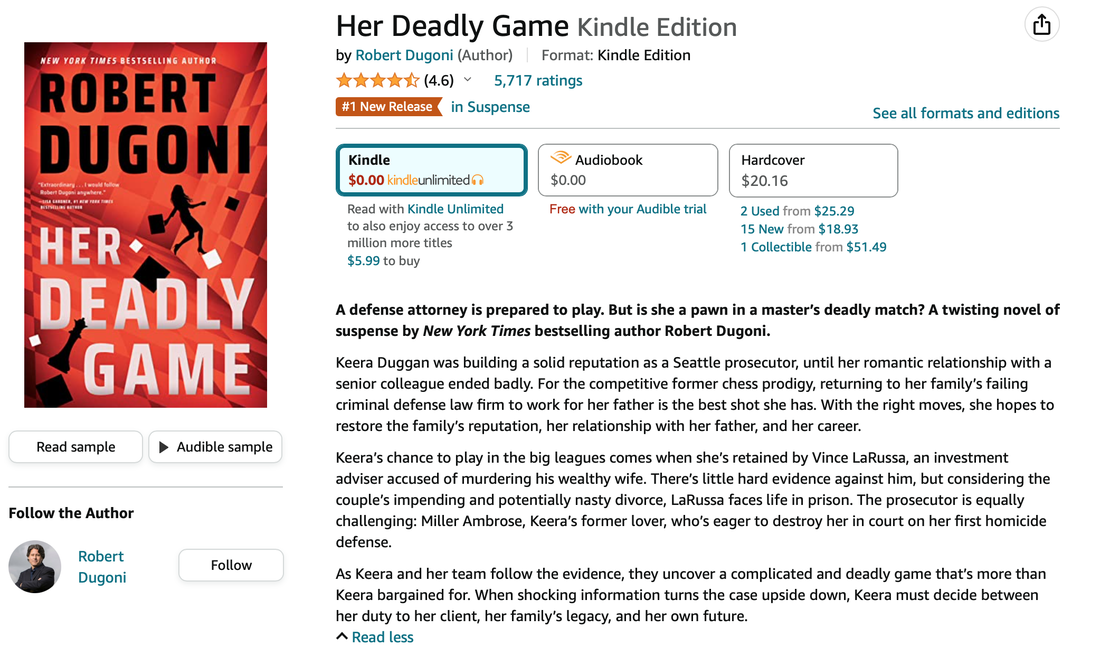

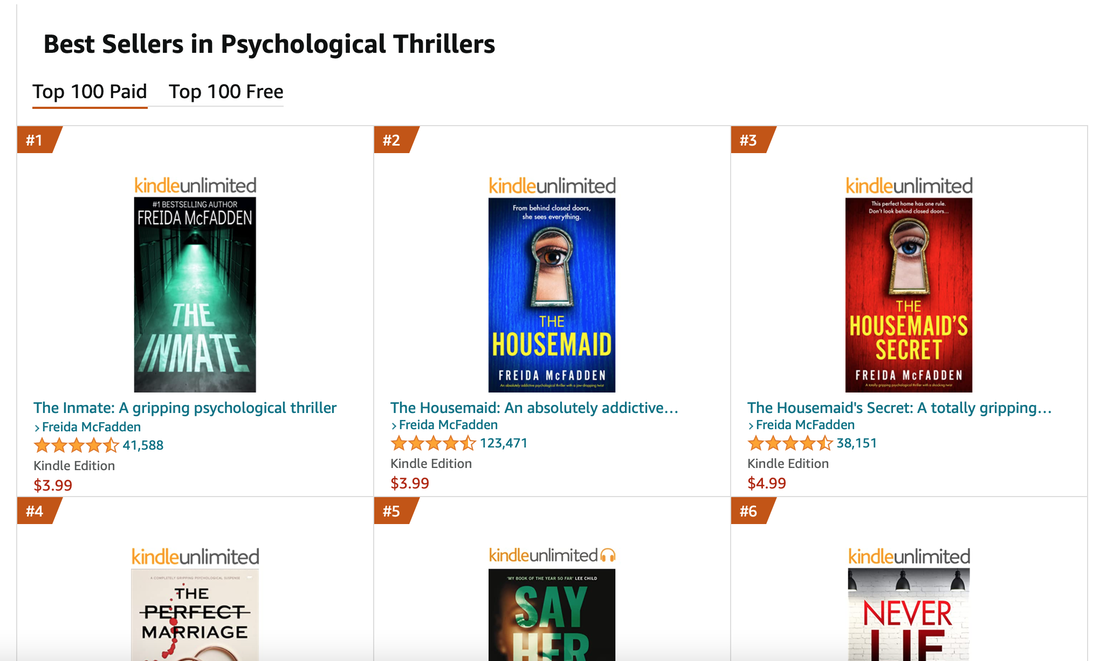
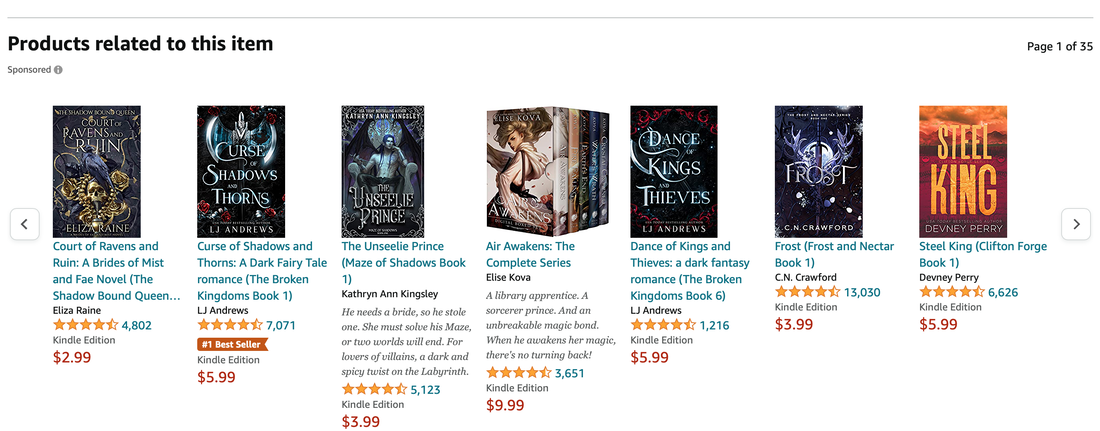
 RSS Feed
RSS Feed